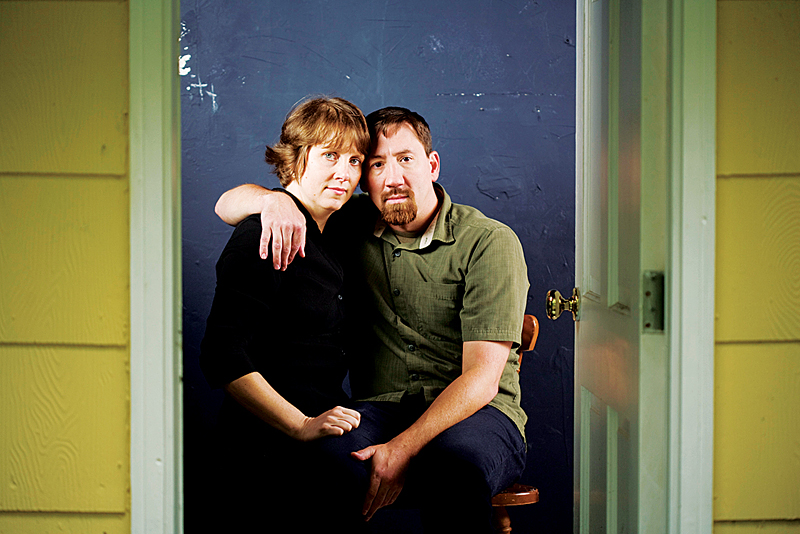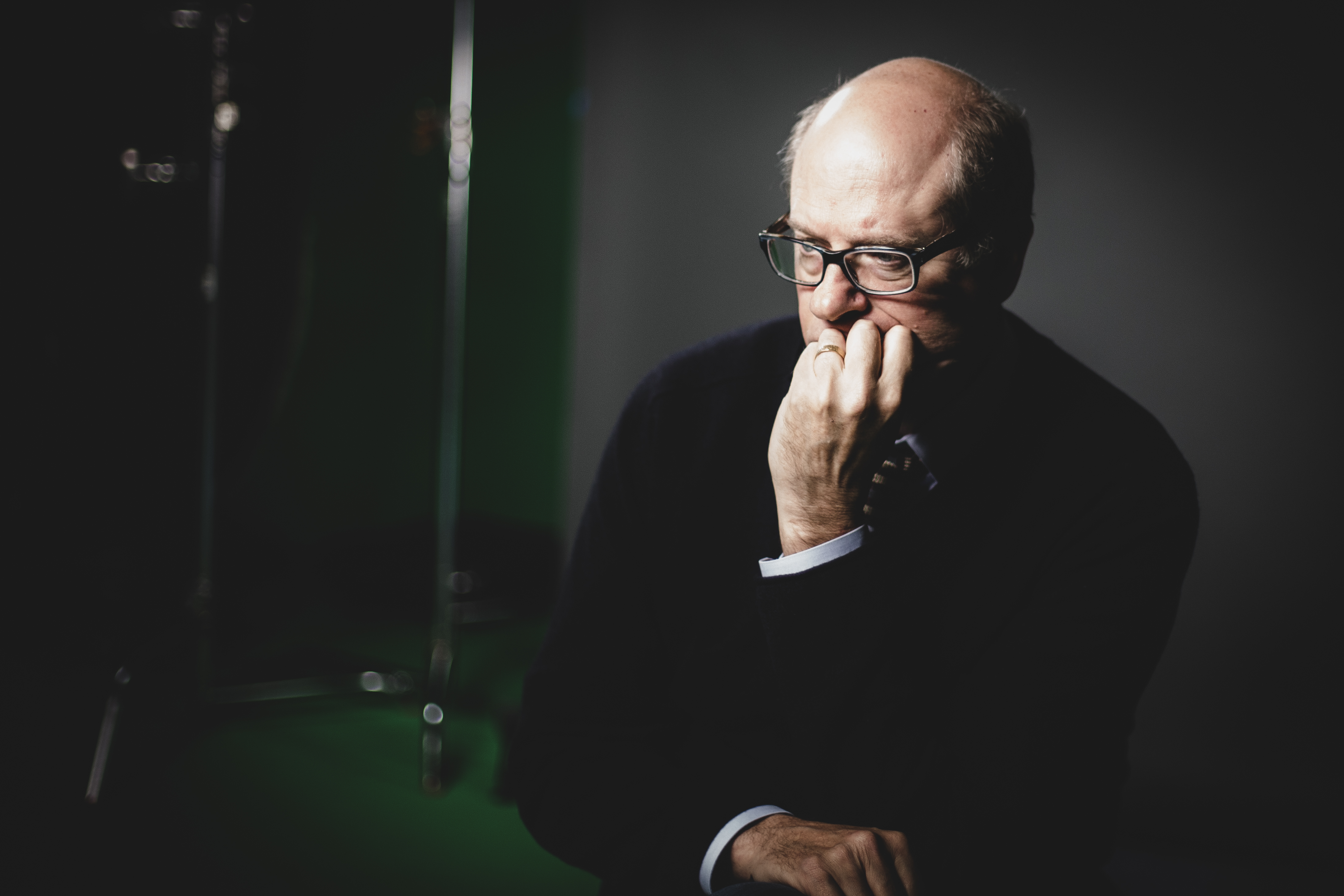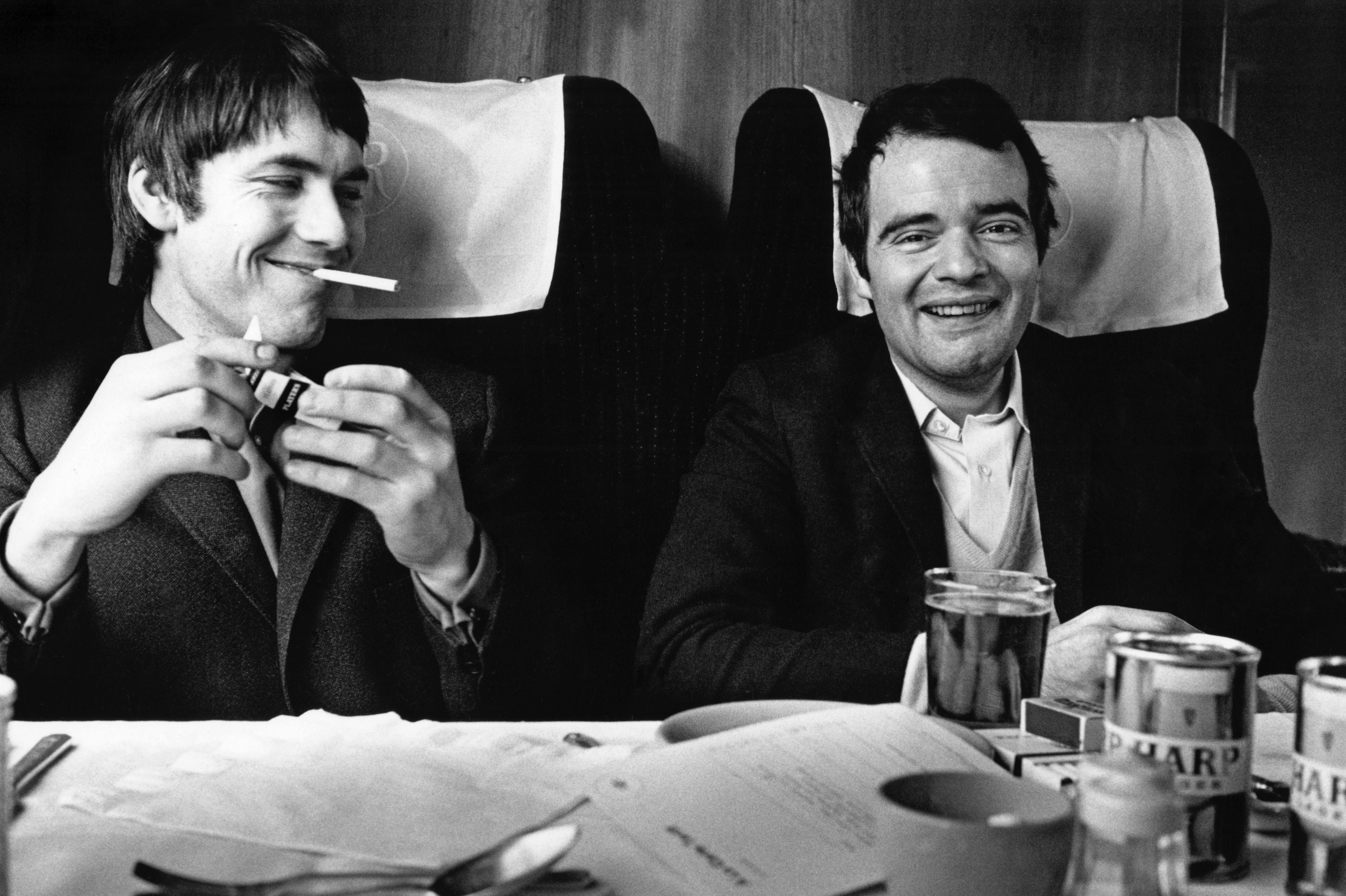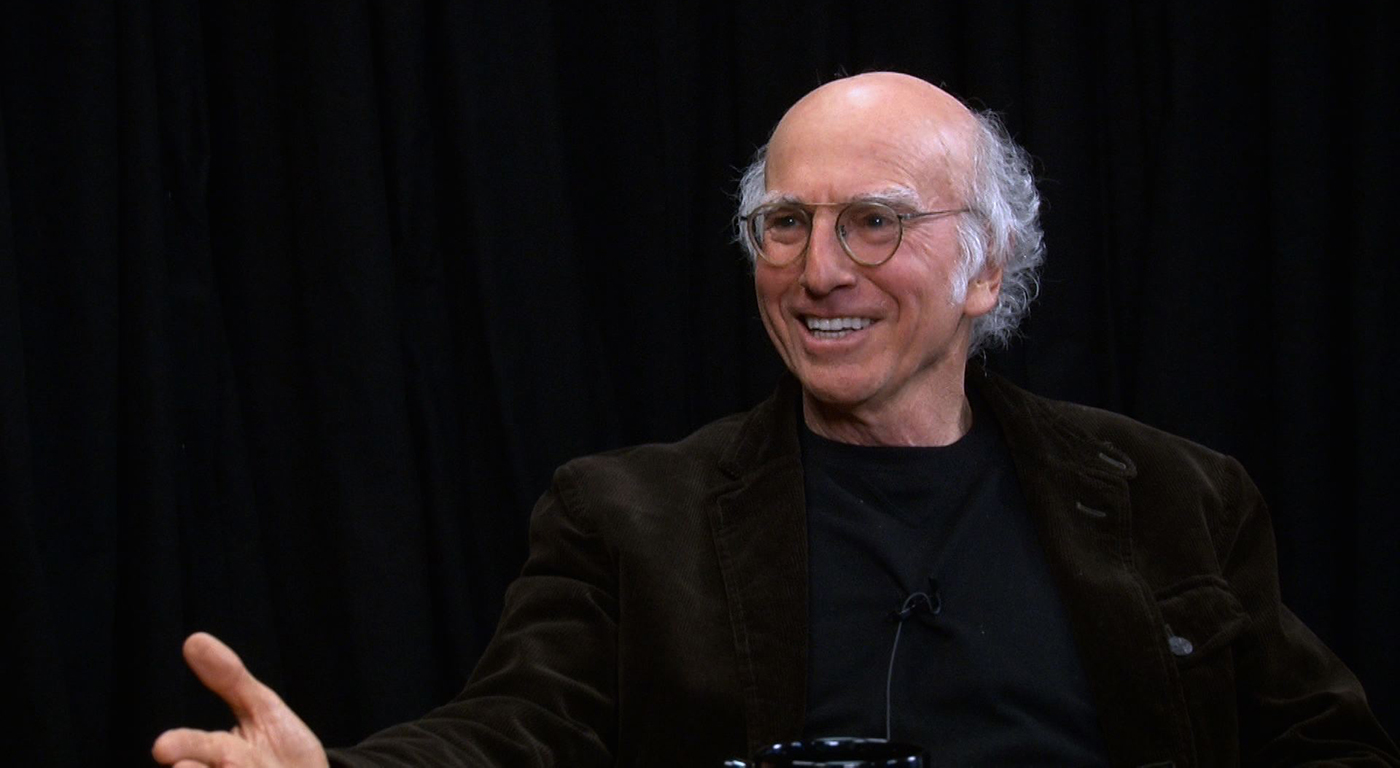Matt Wilkins has no illusions about independent filmmaking. It’s no way to get rich or famous. “I’d venture to guess that 90 percent of low-budget independents do not make money,” he says. “Some people would even say that percentage is higher. So I’ve been freelancing all these years, working on Web promos, municipal videos, legal depositions, city council meetings, and now reality TV.”
But not just any TV show: Wilkins is currently a producer and story editor for the creepily addictive A&E hit Hoarders, produced by Seattle’s Screaming Flea Productions. His job covers everything from setting up the location shoots to interviews to editing stories from the raw video. “It’s about crazy people, and I’m good at that,” he laughs.
Between freelance gigs, Wilkins is driven to make movies: personal, intimate, unsettling films about the stresses and strains of family. Marrow, his second feature, explores the fragility—physical and emotional—of kin, similar to his first feature (Buffalo Bill’s Defunct, seen at SIFF ’04), but with greater cinematic confidence and dramatic intensity.
Centered on three characters, almost to the exclusion of the outside world, Marrow concerns the fraught relationship between single mom Frances (Frances Hearn, from Buffalo Bill’s Defunct) and her often exasperatingly rude and surly teenage son Wiley (Wiley Wilkins, the director’s son). Meanwhile, the shadow of her late father (Todd Jefferson Moore, a veteran of Seattle Shakespeare Company and other local stages), who died less than a year earlier, haunts the film through her hazy memories.
Her father’s rotting house, which Frances has been systematically ripping apart in her home-repair projects, is almost a fourth character in the film. Its exposed wounds—including a telling fist-sized hole in the wall—suggest the rage and frustration within. “It’s hard to find a location where they’ll let us tear up a floor,” says Wilkins, so he used his own Tukwila home, with the blessing of his wife and producer, Eliza Fox. And there’s a resident possum, too, “a metaphor for the animal in us, the wild, squirrelly things that people do and [what] this family in particular does when pushed.”
The story also has its personal roots, Wilkins explains. “After my dad died, I had trouble seeing the world clearly, I felt isolated. I was trying to re-create that feeling through the tone of the film. This is a film about a woman haunted by the ghost of her father and haunted by something living in the walls of her house. The differences in the story demanded a different look and feel.” Indeed, Frances’ various states of anxiety, exasperation, grief, and depression, exacerbated by alcohol and painkillers, are rendered in a rich variety of cinematic textures by cinematographer Ryan Purcell, using a sophisticated RED digital camera during the 26-day shoot.
How did Wilkins and his small cast achieve such a mood of oppressive intimacy? “It was workshopped pretty heavily, mainly because we didn’t have the money,” Wilkins explains. During those months, while working to secure financing, Wilkins rewrote, revised, and pared the script to its core. “We call the movie Marrow, so you really do want to cut it down to the bare essentials,” he adds. “Exposition kills tension and kills drama.” And Marrow is certainly thick with tension, most of it suggested in enigmatic flashbacks that hint at a family legacy of anger and violence.
The long rehearsal period also “gave Wiley and Frances a chance to really get to that point where they actually got on each other’s nerves.” That quality defines the film: the uncomfortable yet familiar territory of a family under stress, the drama rising and falling with the volatility of real life rather than in a neat theatrical arc.
Marrow‘s unsettling authenticity of untidy lives and frayed emotions is remarkable, if not exactly commercial. But then that’s hardly Wilkins’ goal. “I was trying to create that feeling of extreme grief,” he explains. “You can feel so full of despair. But one little thing can just change it, and the curse is lifted.”
On a more cheerful note, Wilkins is already back at work on the third season of Hoarders. “It’s a great thing to do right after this feature,” he says, “just jump on something else that’s totally different.”
Only maybe not so different? Wilkins sees the connection: “The funny thing is that so many things that were in my films, I’ve come across in the Hoarders stories. There was a possum living in a house, and, in this last show, a hole punched in the wall. And there’s house renovations. It’s funny, life imitates art.”







